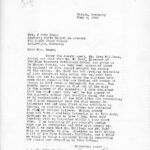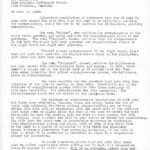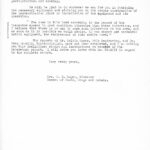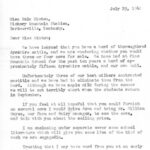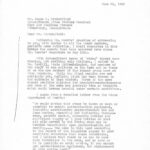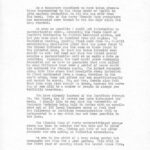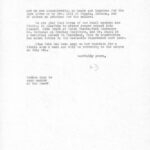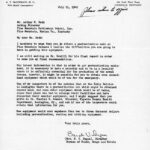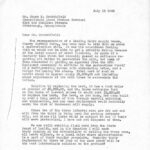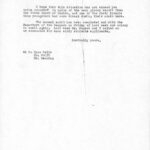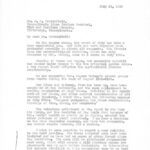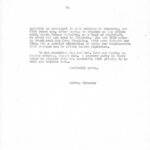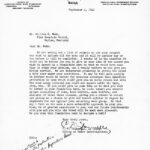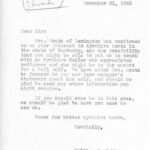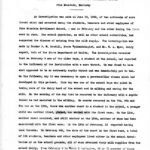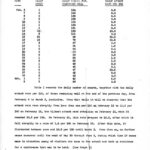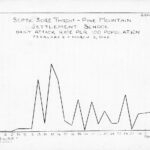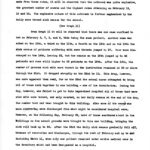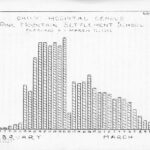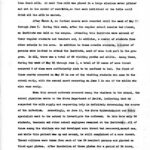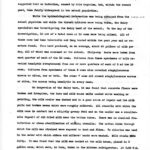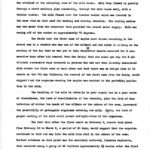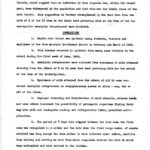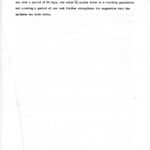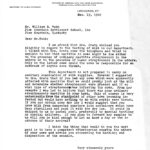Pine Mountain Settlement School
Series 14 : MEDICAL
1942 Sore Throat Epidemic at PMSS
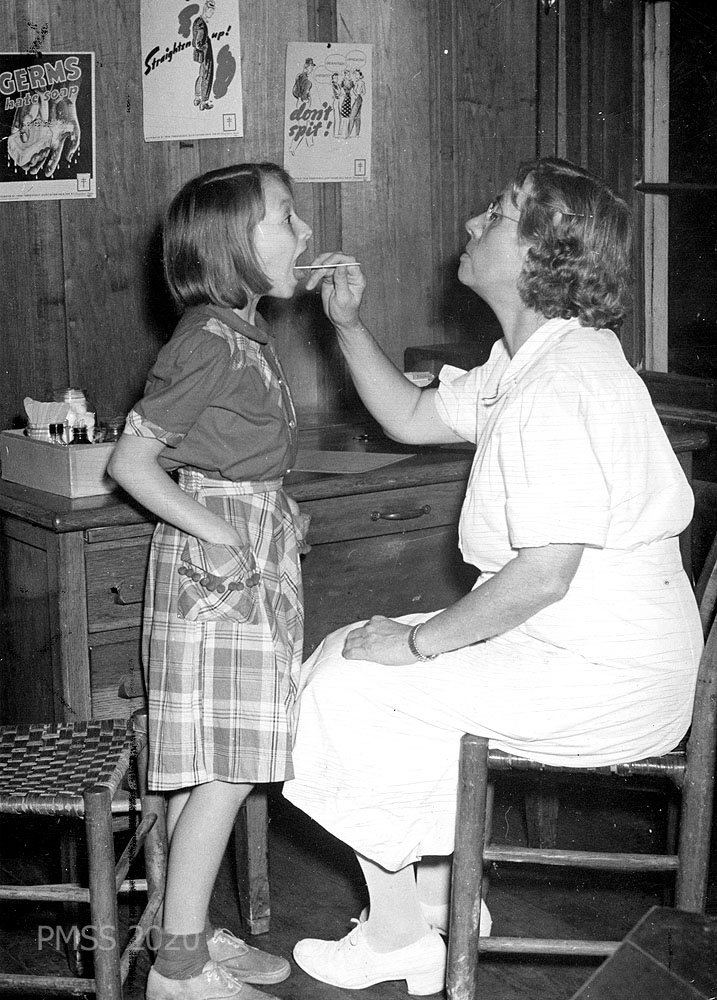 07d Nurse Grace Rood with patient. [Sue Carolyn Roberts?] 62_life_work_gen_health_007d
07d Nurse Grace Rood with patient. [Sue Carolyn Roberts?] 62_life_work_gen_health_007d
TAGS: sore throat epidemic at PMSS, disease, public health, streptococcus aureus, sore throats, strep throat, epidemics, milk, food safety, cowherds, Pine Mountain dairy, dairy cows, pasteurization, school students, medical emergencies, doctors, pathologists, laboratory analysis, medical intervention, Ayrshire herd
MEDICAL 1942 Sore Throat Epidemic at PMSS
During the Boarding School years, Pine Mountain Settlement School ran their own dairy supported by a large herd of approximately 18 Ayrshire cows. The cows were milked by the boarding students and directed by the farm manager as part of the work-study program at the School.
The sore throat epidemic that swept the School in February and March of 1942 was the first fully documented occurrence of its kind at the institution to be directly linked to possible raw milk issues. There was then an urgent need to determine what was causing a large number of sick students and staff.
On June 4, 1942, Arthur Dodd, who was acting as an interim Director, contacted Mr. Grey Williams, the County Agent in Harlan County, alerting him of a break-out of multiple sore throats at the School. It was not the first of the break-outs and Mr. Dodd, suspecting the infection was due to mastitis among the cow herd, called for an inspection to correct the situation.
Dodd had contacted the County Agent as there was no sanitary inspector at the time in the county to do the inspection work. The County Agent then contacted Dr. John A. Lewis, who wrote to the Kentucky State Health Department in Louisville describing the problem. A specimen of the possibly tainted milk was sent to the Department for examination.
State Health Department Response
On June 19, 1942, Dodd received a reply from Mrs. F. C. Dugan, Director of the Bureau of Foods, Drugs, and Hotels at the State Department of Health, confirming the suspicion of streptococcus hemolyticus and staphylococcus albus and aureus. The pathogens were noted to be present in three cows, Pauline, Dixie, and Daisy. Margaret, the fourth cow, was positive with diplococcus, possibly pneumococcus. Without sterilization, it was cautioned that the milk was “extremely dangerous” to consume raw.
The immediately suggested remediation from the Department of Health in Louisville was to isolate the four cows, to milk them separately, and to use their milk only for cooking as the temperature was very important to incubation of the pathogens. The recommended safe temperature was to be below 50 degrees. The letter on June 19th noted that “This is an emergency method only and should be applied at once.”
Further, it was recommended that pasteurization equipment be purchased at once and that the State would be available to assist in the recommended equipment, the pasteurization plant, and the installation. If pasteurization measures were not feasible the following dire warning was given.
The cows in this herd according to the report of the inspector appear in good condition otherwise than these infections, and I believe that there is no way to cure such infections in the cows, and as soon as it is possible we would advise, if you cannot get pasteurization equipment, the replacement of this entire herd.
Mrs. Sarah Dugan followed up on July 11 regarding the pasteurization equipment and cautioned that because of the war (WWII) that the School would be competing with the needs for essential equipment for the armed forces. Further, she cautioned that the cost might be from two to three thousand dollars for new equipment. She then offered that it might be possible to obtain second-hand equipment and supplied the names of contacts.
In a letter of July 13 to Mr. James S. Crutchfield, Board of Trustees (BOT) Chair, Dodd noted that the attempts to find an inexpensive pasteurization unit balanced against the cost of replacing the entire infected herd was not acceptable. The replacement of the herd, estimated by the farm manager, William Hayes, was estimated at that time as approximately $3,600 dollars and the risk of a decreased supply of milk from new cows. It was suggested to the BOT that the three infected cows be sold to a dairy that had a good pasteurization unit and that they be replaced with new stock.
On July 29th there was then an immediate scramble to replace the infected cows to counter the steep cost to obtain a pasteurization unit. A letter was written by Dodd to Miss Nola Minton in Barbourville, Kentucky, on July 29, asking if she might have three Ayrshire for sale. Also, BOT Chair J.S. Crutchfield was notified of the emergency,and copies of the notification were sent to the remaining BOT members.
Dodd wrote to the BOT Chair Crutchfield again on July 31 and as part of the monthly report he noted that the three infected cows would be killed and that mastitis was rampant in Eastern Kentucky according to another farmer. In September and in November letters, William Webb, now Director of the School, was still struggling with the question of herd replacement.
A comprehensive study and report of the sore throat epidemics at the School were made and an 8-page analysis was compiled of the events surrounding the outbreaks. Also, a list of conclusions was drawn from the sequence of events. [strep_throat_epidemic_010 -010h]
CONCLUSIONS of the 1942 Sore Throat Epidemic Study
The conclusions drawn from the investigation of the “sore-throat outbreaks at Pine Mountain in 1942” are as follows:
- Septic sore throat was epidemic among students, teachers, and employees of the Pine Mountain Settlement School in February and March of 1942.
- This disease recurred in epidemic form among some visitors to the school during the first week of June 1942.
- Hemolytic streptococci were cultured from specimens of milk obtained directly from the udders of 3 of 10 cows that were producing milk for the school at the time of the investigation.
- Specimens of milk obtained from the udders of all 10 cows contained hemolytic streptococci or staphylococcus aureus or albus – one, two, or all of the three.
- Improper cleaning and disinfection of milk utensils, milkers hands, and cows udders increased the possibility of pathogenic organisms finding their way into milk and inadequate cooling and refrigeration likely permitted multiplication.
- The period of 7 days that elapsed between the date when the first case was recognized in a milker and the date when the first large number of onsets occurred was long enough for this milker to have infected cows’ udders, mastitis thus arising and serving as foci from which organisms entered the milk in which they multiplied and were carried to the victims.
- The fact that 2 outbreaks of septic sore throat, both explosive, one over a period of 20 days, the other 3 1/2 months later in a visiting population and covering a period of one week further strengthens the suggestion that the epidemic was milk borne.
See Also: FARM AND FARMING Guide
GALLERY: CORRESPONDENCE of the 1942 Sore Throat Epidemic at PMSS
- 001 strep_throat_epidemic_001
- 002 strep_throat_epidemic_002
- 002a strep_throat_epidemic_002a
- 003 strep_throat_epidemic_003
- 004 strep_throat_epidemic_004
- 004a strep_throat_epidemic_004a
- 004b strep_throat_epidemic_004b
- 005 strep_throat_epidemic_005
- 006 strep_throat_epidemic_006
- 006a strep_throat_epidemic_006a
- 007 strep_throat_epidemic_007
- 007a strep_throat_epidemic_007a
- 008 strep_throat_epidemic_008
- 009 strep_throat_epidemic_009
- 010 strep_throat_epidemic_010
- 010a strep_throat_epidemic_010a
- 010b strep_throat_epidemic_010b
- 010c strep_throat_epidemic_010c
- 010d strep_throat_epidemic_010d
- 010e strep_throat_epidemic_010d
- 010f strep_throat_epidemic_010f
- 010g strep_throat_epidemic_010g
- 010h strep_throat_epidemic_010h
- 010i strep_throat_epidemic_010i
- 011 strep_throat_epidemic_011

